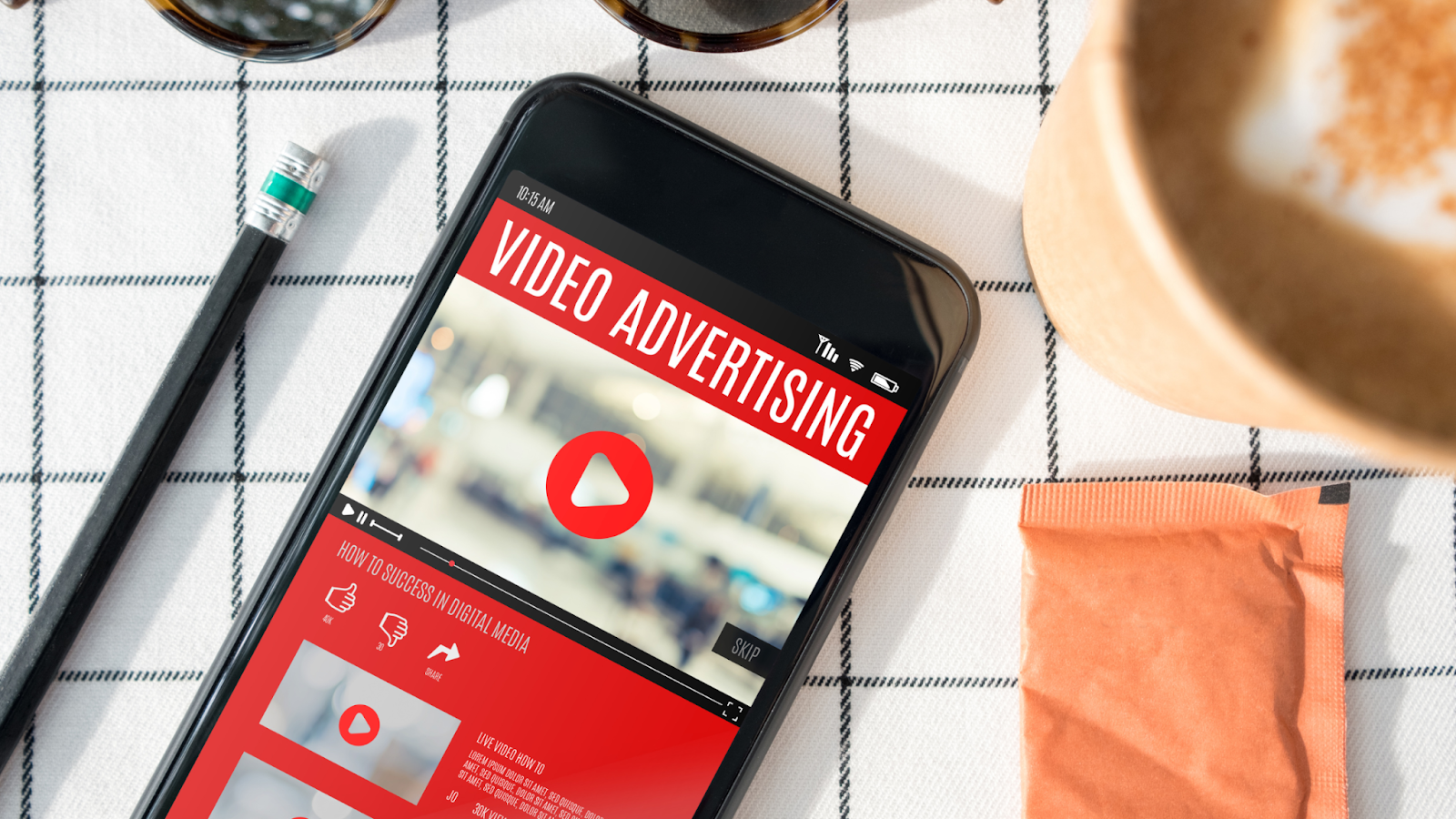Marketing Guide for Google & Facebook Ads
A strategic advertising budget can be the difference between steady growth and wasted spend. Whether you're running Google Ads, Meta campaigns, or building a broader marketing strategy, understanding how much to spend and why is essential for long-term ROI.
In this blog, we address your questions about advertising budgets, including how to establish one, what to allocate for each platform, and how to align spending with your business objectives.
What Is a Marketing Budget?
A marketing budget is the amount of money a business allocates for its marketing and advertising efforts over a specified period, typically monthly, quarterly, or annually. It includes spend on digital ads, content creation, marketing tools, agency support, and promotions.
But it's more than just a spreadsheet line item. A good marketing budget provides structure, focus, and accountability. It helps you prioritise what matters, avoids reactive spending, and allows you to make informed decisions about where and how to show up in front of your audience. Spending money on paid advertising, combined with a good marketing strategy, means your products or services reach the right people, at the right time, and on the right platforms.
Why Is an Advertising Budget Important?
An advertising budget ensures you're investing strategically to reach the right audience and generate measurable results. Without a budget, it's easy to overspend with little return or underinvest and lose traction.
A strong budget is like a compass: it keeps your campaigns aligned with your business objectives. It gives your team:
- Clear direction on where to focus spending
- A way to measure return on investment (ROI)
- Flexibility to test, learn, and optimise
- Confidence in how your marketing contributes to business growth
It's also a practical tool for managing expectations, internally and externally, so everyone understands what results are realistic based on the marketing investment.

What Are the Objectives of an Advertising Budget?
The purpose of an advertising budget isn't just to control costs; it's to drive growth and conversions. When done well, it ensures that your marketing activities are intentional, goal-driven, and accountable.
Key objectives could include:
- Reaching the right people at the right time
- Driving traffic, leads, or sales in a measurable way
- Supporting long-term brand awareness while hitting short-term targets
- Aligning advertising spend with seasonal or campaign goals
- Providing a framework for ongoing marketing optimisation and learning
Think of your advertising budget as the bridge between your business goals and your marketing execution.
How Much Should I Spend on Advertising?
There's no magic number, but there are proven benchmarks you can work from. A common benchmark is to allocate 10% of total revenue.
Percentage of revenue:
- New businesses: Up to 30% of gross revenue (to build visibility and traction)
- Established businesses: Around 5-10% of gross revenue (to maintain or scale growth)
This model helps tie your advertising spend to business performance, but it works best when paired with campaign-specific planning.
Goal-based budgeting:
Work backwards from your desired outcomes. If your goal is 200 leads/month and your average cost per lead (CPL) is $50, your monthly ad budget should be around $10,000.
This method is more precise and ensures your budget aligns with your growth targets.
Also consider:
- Your average deal size or customer lifetime value (LTV)
- Sales cycle length and conversion rates
- Your capacity to fulfil demand if advertising succeeds in reaching your goals
How Much Should I Spend on Google Ads?
Google Ads is often the go-to choice for bottom-of-funnel intent, but the amount you should spend depends on your industry, audience size, and campaign goals.
For most NZ small–mid-sized businesses, a good starting point is between $1,500–$5,000/month.
Typical cost-per-click (CPC):
- $1–$3 for low-competition industries
- $5–$10+ for high-competition sectors like legal, finance, or trades
The goal should always be $1 or less, but some industries (like legal) can easily hit $15–$20 per click.
To get the most from your budget:
- Focus on high-intent keywords and phrases
- Use geo-targeting to control spend
- Optimise landing pages to improve your Quality Score (resulting in a lower CPC)
- Monitor and adjust your campaigns based on real performance, not guesswork
Google is great when you know what your audience is searching for and can offer a clear solution.

How Much Should I Spend on Facebook Ads?
Meta (Facebook + Instagram) Ads excel at discovery, storytelling, and engagement. They work well when paired with strong creative and a clear objective, especially for top-of-funnel awareness or lead generation.
Recommended starting budget: $30–50/day per campaign, or ~$1,000–$3,000/month.
This is a realistic starting point for most campaigns.
Given that the average CPM (cost per 1,000 impressions) on Meta is around $5, this level of spend typically reaches about 6,000 people per day.
Use a higher budget if:
- You’re testing multiple audiences or creatives
- You want to retarget website visitors or leads
- Your average purchase value is high enough to justify additional spend
Meta campaigns require patience, creative testing, and a clear conversion path. But when structured well, Meta still offers great reach and efficiency.
Does Facebook Advertising Still Work in 2025?
Yes, Facebook (Meta) Ads still work, but success now depends more on the quality of the creative, campaign structure, and effective conversion tracking.
Since Apple’s iOS privacy updates in 2021, tracking hasn’t been as clean but performance remains strong when:
- You use the Meta Conversion API (to improve attribution)
- Your creative speaks clearly to your audience's needs or desires
- You use lead gen or remarketing strategies that build on existing data
In 2025, Facebook is less of a plug-and-play tool and more of a platform that rewards strategy and experimentation. Brands with clear messaging, attractive offers, and compelling visuals continue to see results.
How to Set an Advertising Budget That Actually Works
Here's a step-by-step framework to set your budget with purpose:
- Start with your goals: What outcomes are you chasing? Leads? Sales? Traffic?
- Pick your channels: Choose platforms where your audience actually spends time.
- Estimate cost per action: Use industry benchmarks or past performance (e.g. $40 CPL)
- Set a minimum viable test budget: Don't spread too thin; test one or two variables at a time.
- Track, learn, and adjust monthly: Budgets aren't static. Review and optimise often.
Bonus tip: Keep 10–15% of your budget flexible so you can respond to opportunities, seasonal trends, or top-performing campaigns.
Spend With Strategy, Not Guesswork
Your advertising budget is more than a number; it's a strategic tool. When it's aligned with goals, tested properly, and managed consistently, it becomes one of the best investments you can make in your business.
Whether you're scaling Google Search, testing Meta Ads, or planning a full-funnel strategy, start with a budget that reflects your ambitions, not just your comfort zone.
Need help building a strategic advertising budget? We help NZ businesses of all sizes find the right balance between reach, return, and growth.
Let's talk advertising budgets.







.png)






.png)




